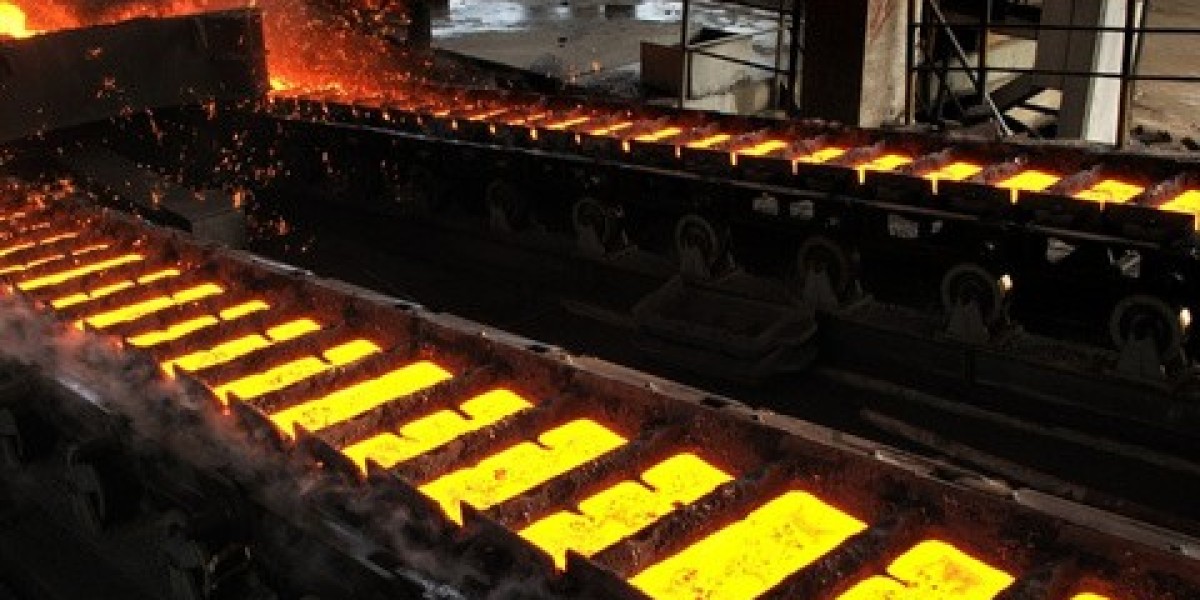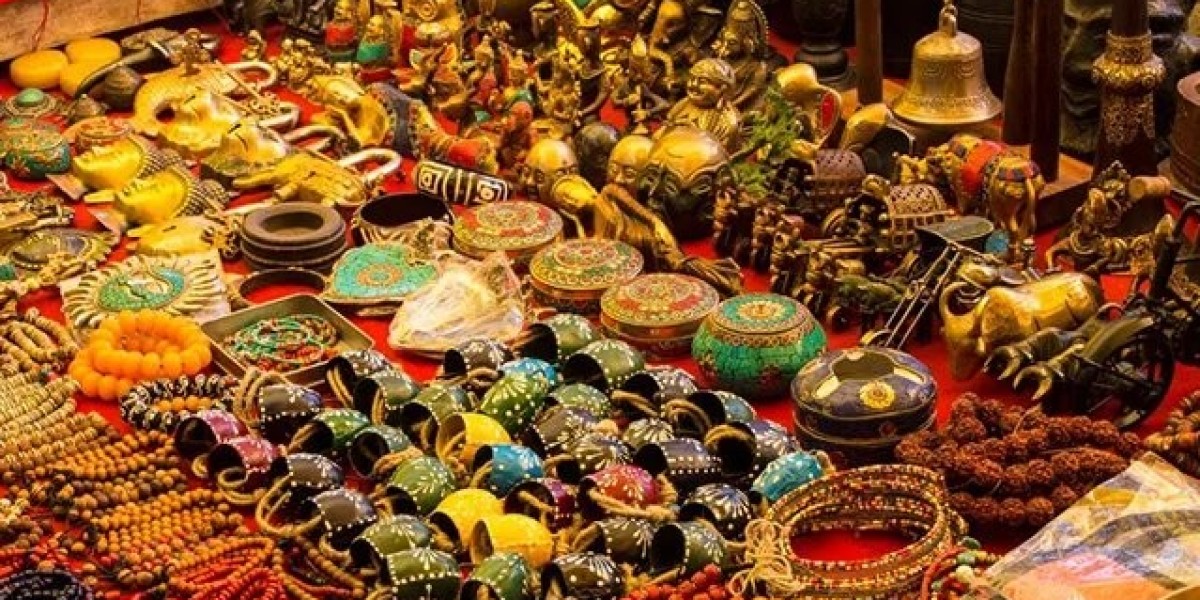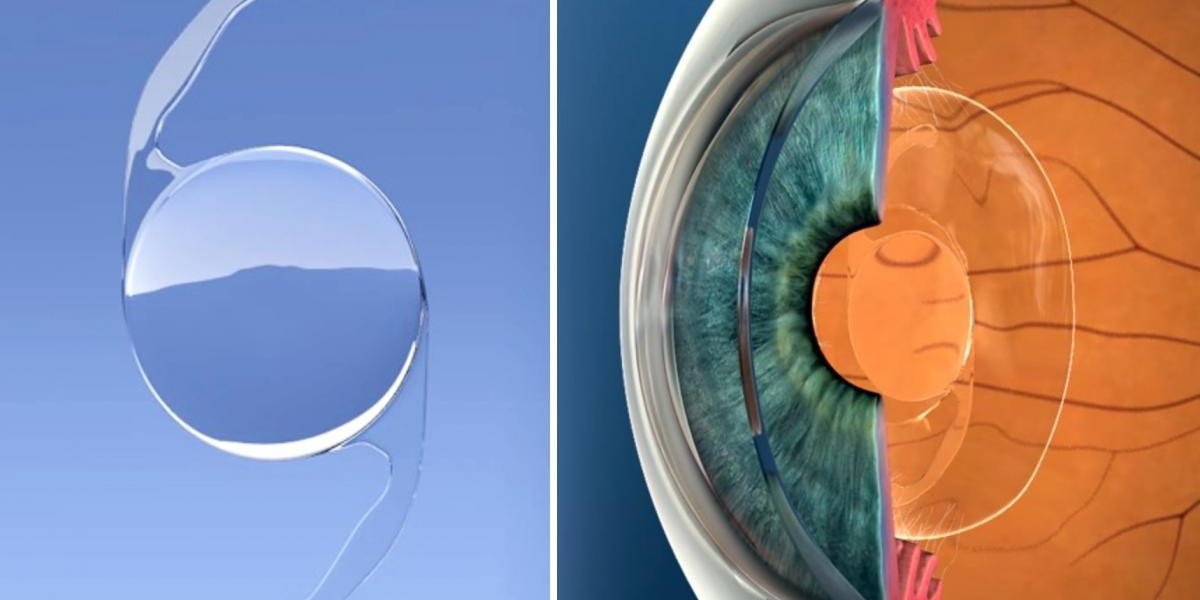Cast iron, a marvel of metallurgy, has been an integral material in various industries for centuries. Renowned for its strength, durability, and versatility, cast iron comes in various types, each tailored to specific applications. In this guide, we'll delve into the diverse world types of cast iron, exploring its types, properties, and applications.
Gray Cast Iron:
Gray cast iron, the most common types of cast iron, owes its name to its grayish appearance when fractured. Composed primarily of iron, carbon, and silicon, gray cast iron's microstructure consists of graphite flakes dispersed throughout the matrix. This structure imparts excellent machinability, damping capacity, and thermal conductivity, making it ideal for engine blocks, pipes, and cookware.
White Cast Iron:
In contrast to gray cast iron, white cast iron features a whitish fracture surface due to its composition of iron and high carbon content. Its microstructure comprises cementite, making it exceptionally hard and brittle. White cast iron finds application in wear-resistant components such as grinding balls, mill liners, and certain types of rolls.
Ductile Cast Iron (Nodular Cast Iron):
Ductile cast iron, also known as nodular cast iron or spheroidal graphite iron, is characterized by spherical graphite nodules within its matrix. This unique microstructure endows ductile iron with remarkable ductility, toughness, and impact resistance, surpassing that of gray cast iron. It finds wide application in automotive components, gears, and hydraulic systems.
Malleable Cast Iron:
Obtained through the annealing of white cast iron, malleable cast iron possesses a ferritic-pearlitic microstructure. Its nodular graphite morphology imparts both strength and ductility, allowing for easy machining and forming. Malleable cast iron is utilized in applications requiring high strength and toughness, such as automotive suspension components and agricultural equipment.
Compacted Graphite Iron (CGI):
A hybrid of gray and ductile cast iron, compacted graphite iron features a graphite structure that is between the nodular form of ductile iron and the flake form of gray iron. This unique microstructure provides superior thermal conductivity, strength, and vibration damping characteristics. CGI finds application in high-performance engine blocks, brake discs, and cylinder heads.
Applications and Considerations:
The diverse range of cast iron types enables their application across various industries:
- Automotive: Engine blocks, cylinder heads, brake components.
- Machinery: Gears, pulleys, hydraulic components.
- Construction: Pipes, manhole covers, architectural elements.
- Cookware: Pots, pans, griddles.
- Marine: Propellers, ship components.
However, selecting the appropriate types of cast iron requires consideration of factors such as mechanical properties, machinability, corrosion resistance, and cost.
Conclusion:
Cast iron, with its rich history and remarkable properties, continues to play a pivotal role in modern industrial applications. Understanding the diverse types of cast iron and their respective properties empowers engineers and designers to make informed decisions, ensuring optimal performance and longevity in various applications. Whether it's the strength of gray cast iron, the ductility of ductile iron, or the versatility of malleable iron, cast iron remains an indispensable material in the fabric of civilization.








